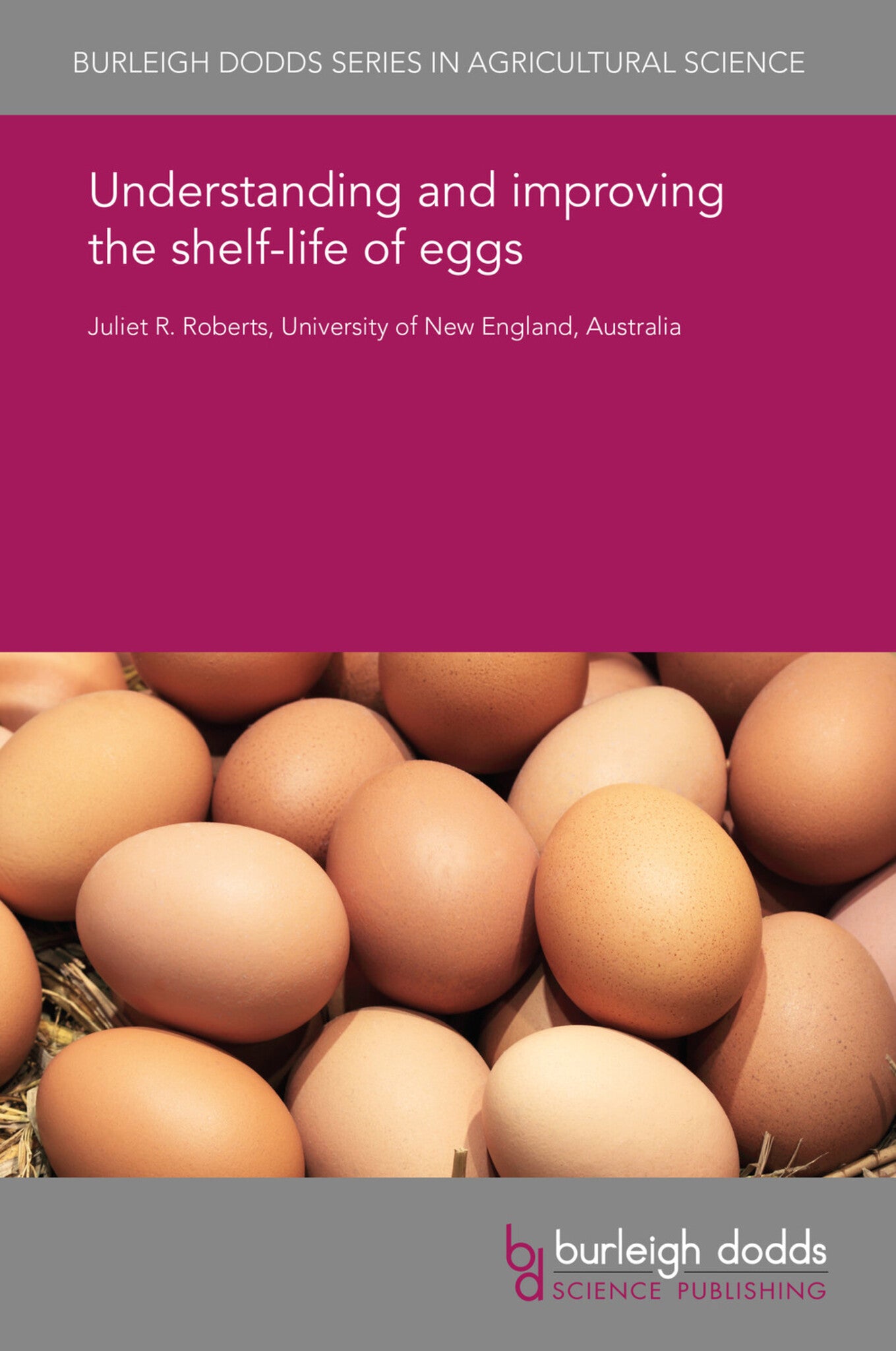We're sorry. An error has occurred
Please cancel or retry.
Understanding and improving the shelf-life of eggs
Regular price
£25.00
Sale price
£25.00
Regular price
£25.00
Unit price
/
per
Sale
Sold out
Re-stocking soon
The shelf-life of eggs is determined by various government and industry agencies, as well as by retailers. It is based on the internal quality of the eggs and their microbiological safety. The avia...
Read More

Some error occured while loading the Quick View. Please close the Quick View and try reloading the page.
Couldn't load pickup availability
- Format:
-
31 July 2016

The shelf-life of eggs is determined by various government and industry agencies, as well as by retailers. It is based on the internal quality of the eggs and their microbiological safety. The avian egg possesses many intrinsic anti-microbial properties that are designed to ensure the safety of the developing chick. However, these same properties also protect the consumer of the egg. Many factors influence the internal quality and the microbiological safety of eggs, and this chapter takes a look at these factors. This chapter discusses technologies for increasing the shelf-life of eggs. Of primary importance is the handling and storage of eggs. This chapter also discusses the issue of coatings to increase shelf-life.

Price: £25.00
Publisher: Burleigh Dodds Science Publishing
Imprint: Burleigh Dodds Science Publishing
Series: Burleigh Dodds Series in Agricultural Science
Publication Date:
31 July 2016
ISBN: 9781838790882
Format: eBook
BISACs:
TECHNOLOGY & ENGINEERING / Agriculture / General, Agricultural science, TECHNOLOGY & ENGINEERING / Agriculture / Animal Husbandry, TECHNOLOGY & ENGINEERING / Agriculture / Sustainable Agriculture, Sustainable agriculture, Organic farming, Poultry farming

1 Introduction
2 Factors affecting egg internal quality
3 Factors affecting egg microbiological safety
4 Technologies for increasing the shelf-life of eggs
5 Coatings to increase the shelf-life of eggs
6 Summary and future trends
7 Where to look for further information
8 References



